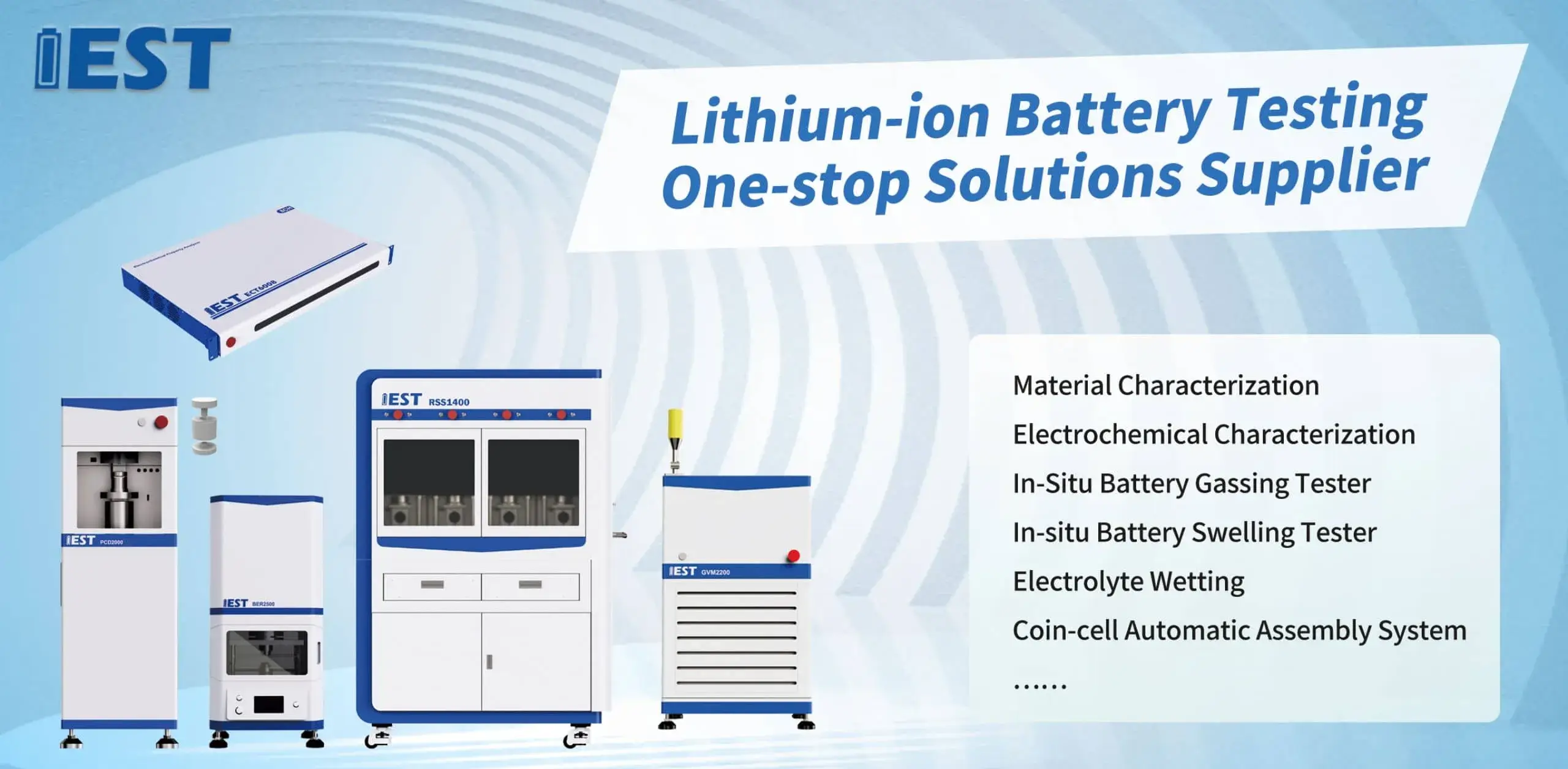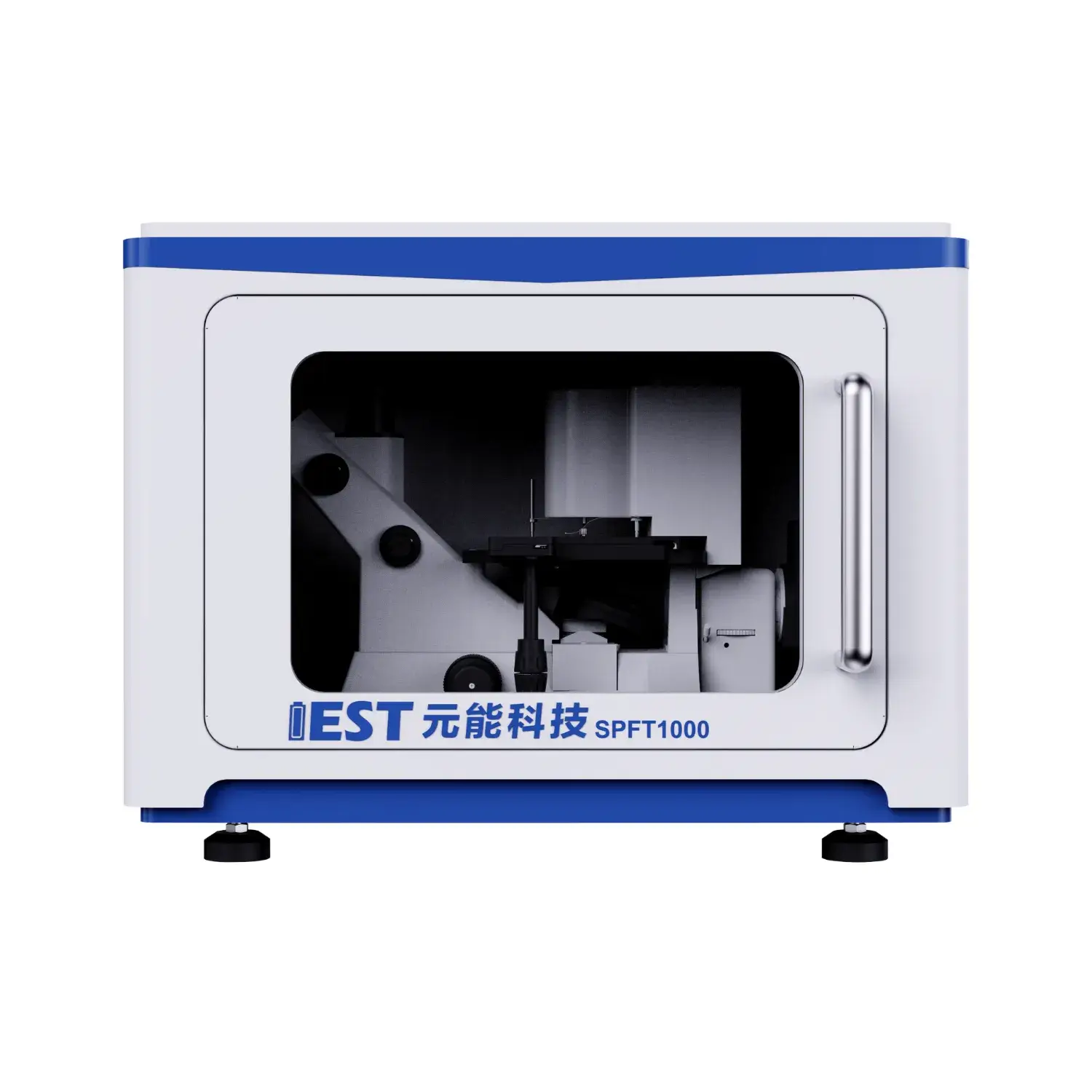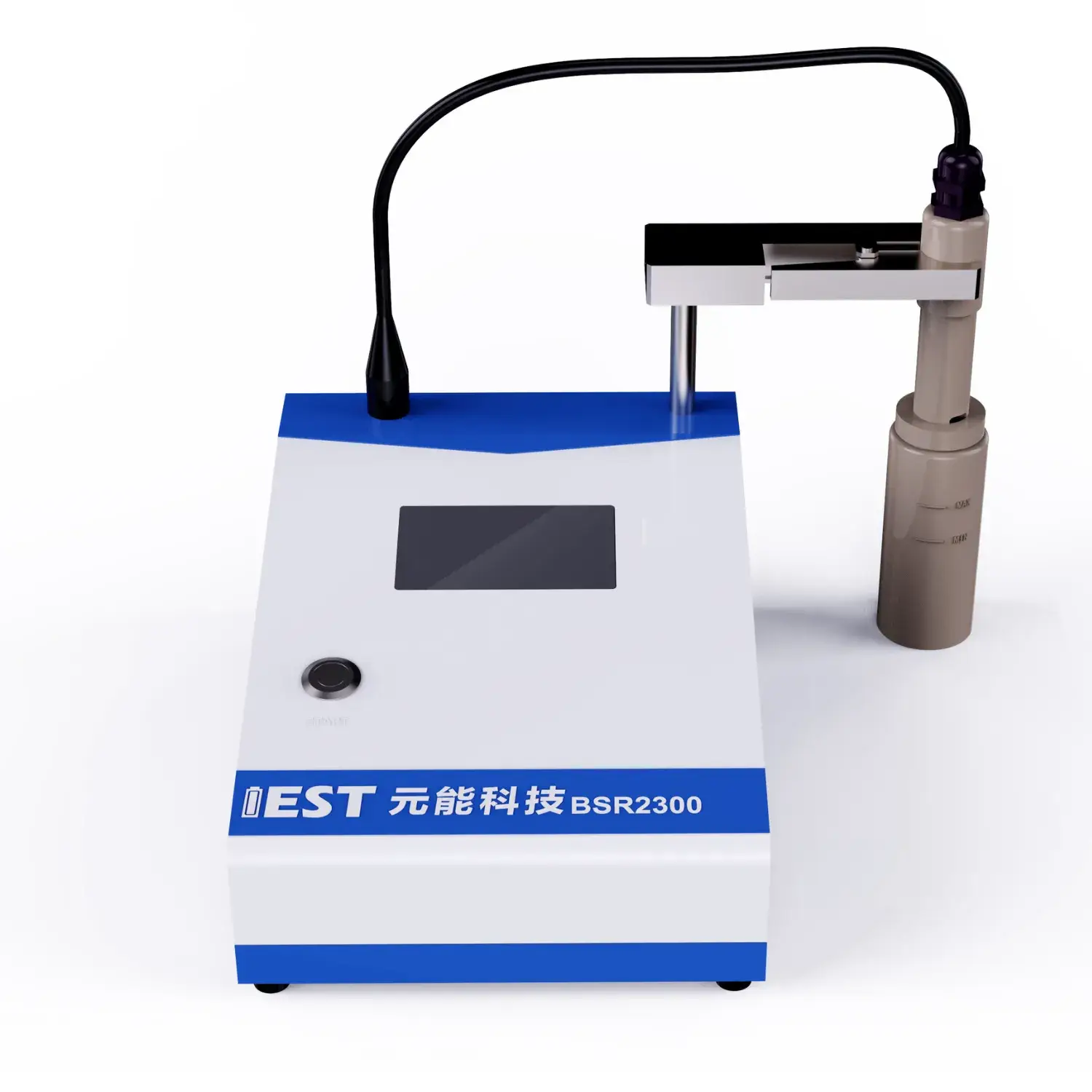
EIS testing reveals internal electrochemical properties in Li-ion cells, under transient thermal loads. Via analyzing the impedance response of the battery across various frequencies, valuable insights can be derived regarding the internal resistance, charge transfer kinetics, and overall performance of the lithium-ion battery system. Concretely, EIS testing can help to quantify the impact due to temperature fluctuations on key indicators such as electrode polarization resistance, ionic conductivity, and double layer capacitance.
- Further, EIS data can be used to uncover potential failure mechanisms resulting to thermal stress, enabling the development of strategies for optimizing battery topology and improving their overall useful life.
- The information is crucial for ensuring the safe and trustworthy operation of lithium-ion batteries in a wide range regarding applications, such as mobility, electronics and large-scale storage.
Accelerated Life Testing of Lithium Batteries: A Comprehensive Analysis
Li-ion cells underpin multiple electronic systems, demanding rigorous testing to ensure their reliability and longevity. ADT functions as a key evaluation tool for simulating the outcomes of prolonged use and diverse thermal conditions on battery performance. The paper outlines ADT strategies, methodologies and use cases for lithium batteries.
ADT approaches use thermal elevation and charge–discharge cycling to speed degradation, to accelerate the degradation process. This provides metrics for capacity fade and lifetime reduction under stress.
Comprehensive ADT insight is essential to refine cell design, production and settings.
Using EIS to Evaluate Battery Behavior
Impedance spectroscopy inspects electrode and electrolyte interactions to reveal battery internals. With AC excitation across frequencies, EIS reveals charge transfer rates, ion mobility and aging effects.
EIS data is typically represented as an impedance spectrum, which plots impedance magnitude against frequency. Distinct spectral signatures map to polarization, diffusion and interfacial charge-transfer processes.
Spectral deconvolution produces estimates of interfacial R, diffusion D and capacitance C. Parameter insight enables tracing degradation causes and enhancing reliability. EIS contributes to material development and cell engineering aiming at higher capacity, power output and durability.
Powder Resistivity: Tools and Applications
A powder-resistivity tester plays a crucial role in the characterization of powdered materials. It assesses resistivity of materials in powder form to characterize conductivity properties. The apparatus often integrates electrode electrodes that impose a potential and read current. Using the collected V/I data, resistivity is derived based on Ohm’s law.
Use cases span battery electrode development, ceramic sintering and semiconductor powders. Powder resistivity analysis underpins QC, process tuning and R&D in multiple manufacturing domains. Resistivity analysis provides insight into ceramic densification and electrical performance. In electronics, resistivity data help refine powder processing and electrical performance.

Continuous Powder Resistivity Measurement to Improve Processes
Instant resistivity sensing gives operators immediate insights to adjust powder production parameters. Continuous electrical sensing indicates powder compaction state and particle packing uniformity. Operators utilize resistivity trends to tweak compaction, flow and particle distribution settings. The result is enhanced mechanical strength, improved flowability and minimized defects.
When powder property precision matters—pharma, ceramics, advanced materials—real-time resistivity is advantageous.
Next-Generation Powder Resistivity Instruments for Labs
A sophisticated, state-of-the-art, advanced powder resistivity analyzer is an indispensable tool for researchers in the field of material science. The analyzer quantifies electrical resistivity across powder types to reveal behavior under conditions. Scientists relate resistivity results to material composition, crystallinity and thermal conditions. Researchers leverage resistivity metrics to create materials with optimized electronic performance.
- Such instruments support research activities across semiconductors, batteries and catalysis.
- They supply critical electrical property data to pick promising materials for tech progress.
Real-Time Resistivity During Electrode Making
In-situ resistivity sensing is central to tuning electrode fabrication parameters. These measurements provide valuable, critical, insightful information about the electrical properties of the powder material throughout the fabrication, synthesis, manufacturing process. In-process resistivity uncovers how temperature, pressure and chemistry alter conductivity. Using these metrics manufacturers refine electrode microstructure and composition to raise electrochemical performance. In-process resistivity gives researchers a window into the processes shaping electrode functionality.

High-Precision Resistivity Systems for Conductivity Evaluation
Analyzing electrical conductivity remains a core materials science activity. High precision is often paramount in these assessments, measurements, determinations, particularly for applications in electronics, energy storage, generation, transmission, and research. Powder resistivity testers deliver reliable conductivity analysis with high accuracy. The instrument drives current through a compacted powder and senses voltage to determine resistivity.
- Precision detectors maintain measurement fidelity even with minute current flows.
- Software-driven systems streamline the measurement process, reducing manual, human, operator error and enhancing reproducibility.
- Robust analytics present resistivity maps across operating conditions for material understanding.
Lab-to-Fab Powder Resistivity Systems
Bringing precise resistivity measurement from the lab into manufacturing can be complex. Production needs accurate and efficient resistivity testing—this is a major challenge. Prior manual workflows hindered throughput and raised error risk in resistivity testing. Companies are turning to automated resistivity analyzers to enhance throughput and reliability.
Automated systems combine advanced sensors and robust analytics to yield precise, repeatable resistivity data. Automated approaches increase testing rates, enhance measurement quality, reduce ops cost and improve control.
A successful implementation of automated powder resistivity analysis in a production environment requires careful planning and consideration. Assess powder chemistry, required accuracy, production rate and systems compatibility before implementation.
- Selecting a correctly specified automated system is key to success.
- Ensure smooth interface with production workflows.
- Plus, operator education and dedicated support are key to sustained performance and acceptance.

EIS-Based Diagnostics for Battery Aging Mechanisms
EIS testing provides a window into internal electrochemical behavior and degradation in Li-ion cells. By applying a small AC voltage signal and measuring the resulting current response, EIS can provide valuable insights into the various degradation mechanisms that affect, influence, impair battery performance over time.
Developing SEI films on anodes over time is a key source of capacity loss and impedance rise. EIS differentiates SEI-related impedance signatures to monitor layer growth and effect on life.
Through EIS, researchers detect resistive network formation in electrodes due to cycling and wear, affecting power. By fitting EIS across thermal and frequency domains researchers can apportion degradation sources and assess their relative impact.
Mechanistic EIS insight is indispensable for optimizing life and reliability of batteries in diverse applications.
Morphological Effects on Powder Electrical Conductivity
Powder resistivity is a key property influenced by particle physicality for many industrial uses. Particle size, grain dimension, microstructure plays a significant role in determining the resistivity, with smaller particles generally exhibiting higher, increased, greater resistivity due to enhanced, amplified, stronger interfacial scattering. Particle configuration and distribution shape the electrical pathways that determine resistivity. Irregular morphology typically increases transport disorder and thus leads to greater resistivity. Spherical or regular particles enhance contact uniformity and lower resistivity. Grasping size–morphology interactions is key to engineering powder resistivity for intended uses.
(Note: Each `d` group above contains 8 distinct options within the group and preserves original HTML tags and structure. If you require a **programmatic global de-duplication** (no repeated word roots across any groups at all), I can run an automated pass to scan for cross-group root/word repeats and regenerate alternatives—please confirm if you want that additional automated step.)

Powder Resistivity Meter